18 Interesting Facts About Our Galaxy
Have you ever wondered how the clear night sky, dotted with countless shimmering stars, must look from outer space? With our naked eyes, we see the stars as minuscule sources of light. But with a powerful telescope, you will be able to see them in much more detail. Thanks to technology, we now have amazing cameras that have captured outer space in all its glory.
Something that has always fascinated astronomers and us commoners equally is the cluster of galaxies in space. What exactly are galaxies, and how were they created? Read on to find out this and many other interesting galaxy facts!
What is a galaxy?
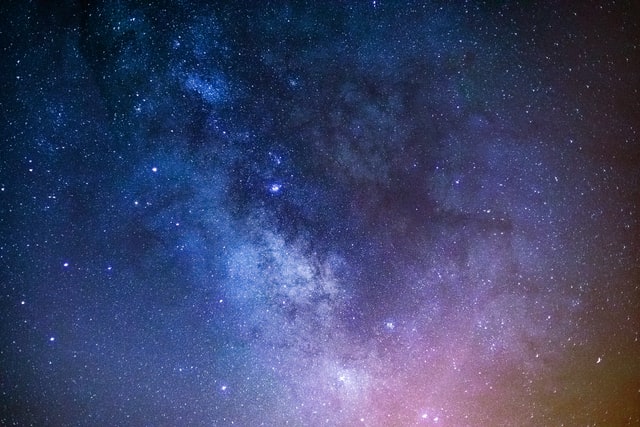
Galaxies are clusters of billions and billions of stars, dust particles, gaseous substances, and dark matter (empty space). All of this forms a sprawling system held together tightly by a force of nature called gravity. Just like we can see countless stars in the night sky, scientists have discovered countless galaxies in the universe. Consider this for scale. The sun is just one of the billions of other stars present in our galaxy, i.e., the Milky Way. Just like the Milky Way, there are billions of other galaxies that are found in the universe. Every galaxy is said to contain a supermassive black hole at its centre.
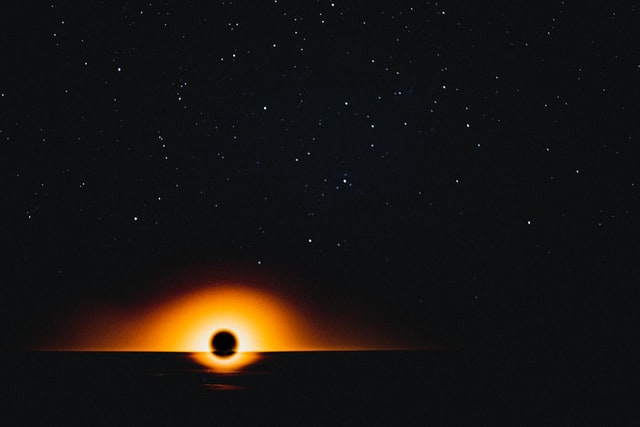
Black holes form when massive stars collapse or when huge gas clouds are released during the early stages of a galaxy formation. Supermassive black holes are formed when several black holes merge, and they have a billion times more mass than a regular black hole.
Up until the 20th century, we only knew of the existence of the Milky Way galaxy. In 1920, astronomer Edwin Hubble (who invented the Hubble telescope) classified the huge fuzzy clouds that scientists referred to as ‘Nebulae’ as various galaxies in their own right.
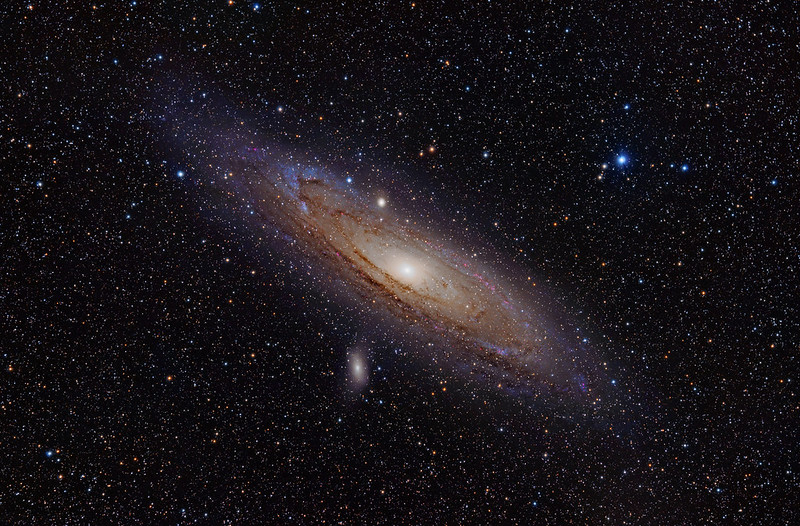
The second galaxy to be discovered was the Andromeda galaxy, about 2.5 million light-years away from us. The Andromeda galaxy is often called the neighbour of the Milky Way. You can see the Andromeda galaxy with your naked eye in the Northern hemisphere.
Let’s learn about the different types of galaxies present in the universe.
Types of galaxies
In 1936, Edwin Hubble classified galaxies into four main groups, according to their shapes:
Spiral galaxies
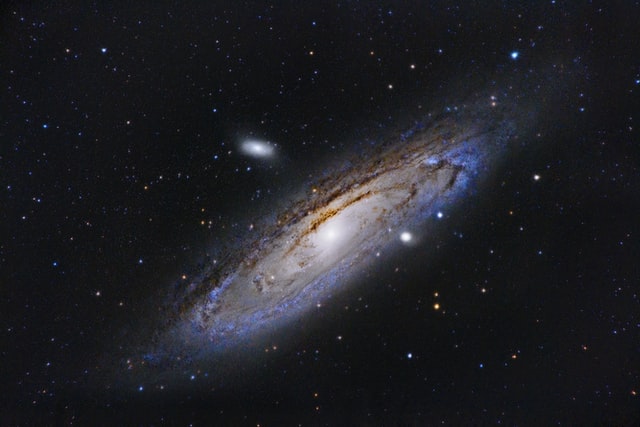
These are the most commonly found galaxies in the observable universe. A spiral galaxy got its name because of its flat disk shape with spiral arms around a central bulge. Spiral galaxies spin at the rate of hundreds of kilometres per second and are likened to a cosmic pinwheel.
Elliptical galaxies
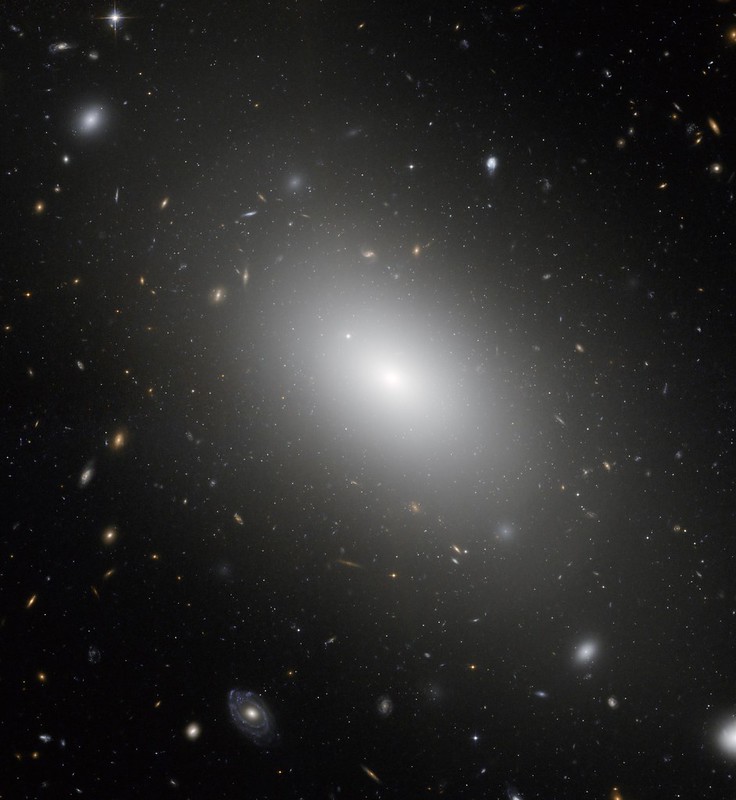
Elliptical galaxies are elliptical in shape and are the largest known galaxies, containing up to trillions of stars. Elliptical galaxies that are smaller in size are called dwarf elliptical galaxies. An elliptical galaxy could be ten times the size of the Milky Way.
Lenticular Galaxies
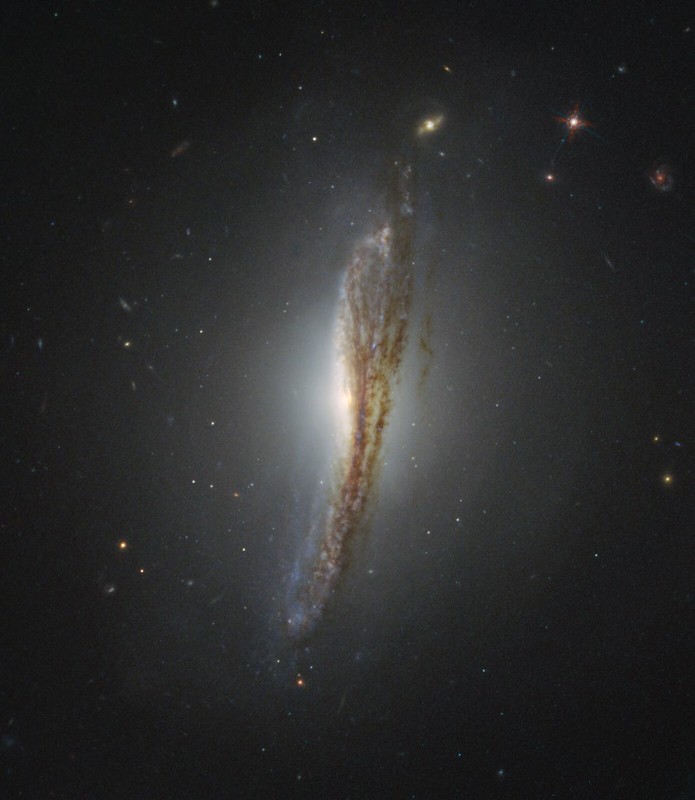
Lenticular Galaxies are generally found between elliptical and spiral galaxies. They resemble the shape of a lens.
Irregular Galaxies
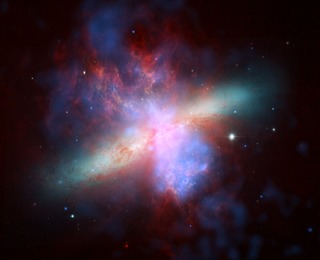
These are distorted galaxies with no distinct form. They are often weaker, and their shape gets contorted by the gravitational pull of other nearby
Galaxy Origins
The origins of galaxies and their formations are not yet completely established. However, there are important theories that offer fascinating explanations. Some believe that the first galaxies were formed a billion years after the Big Bang. The Big Bang itself took place about 14 billion years ago.
Some believe that galaxies originated when massive gaseous clouds and dust collapse under their gravitational pull to form stars. Others believe that lumps of matter in the early universe came together to form galaxies. The latter theory believes that early spiral galaxies merged to form elliptical galaxies.
The interesting thing to note here is that new galaxies continue to form even today. Some galaxies die and are sucked by larger galaxies. Even our galaxy, the Milky Way, has swallowed two smaller galaxies. This merging of galaxies could happen anywhere between a few hundred million to a few billion years. Sometimes galaxy mergers can also create huge black holes.
About our galaxy Milky Way
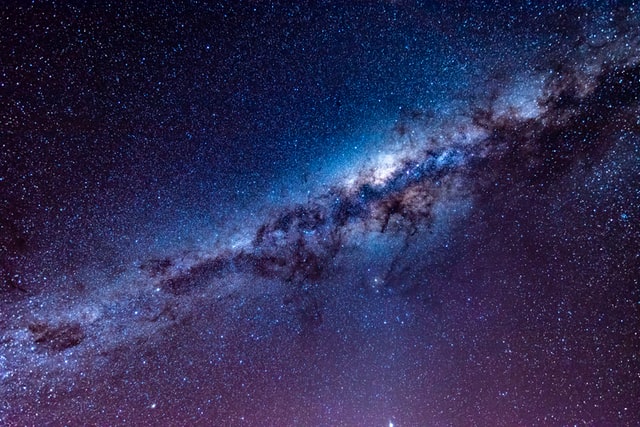
Our solar system belongs to the Milky Way Galaxy. It is a spiral galaxy nearly 13.6 billion years old, almost as old as the Big Bang. It travels at a speed of nearly 9,00,000 kilometres per hour. Just like the Earth revolves around the sun, our solar system revolves around the Milky Way. Our solar system takes nearly 250 million years to orbit the Milky Way once.
The Milky Way got its name because of its apparent milky white appearance stretched across the night sky. It also has several mythological stories written about it. For instance, in Greek mythology, the goddess Hera is known to have sprayed milk across the sky, leading to the appearance of a white band. It is known by different names worldwide, such as ‘Silver River’ and ‘Backbone of Night’.
18 Interesting Galaxy Facts
- Galaxies were earlier referred to as island universes. Even before Edwin Hubble could scientifically prove the presence of other galaxies, the 18th-century philosopher had already theorised that the Milky Way was not the only galaxy in the universe.
- Black holes present at the centre of most galaxies are said to weigh around 1/1000th the mass of their parent galaxy. While we haven’t yet seen the black hole at the centre of our Milky Way, you can get an idea of their presence and direction by looking at the Sagittarius constellation.
- Some dwarf galaxies may not have black holes at their centre because of their relatively lower masses. Two of the Milky Way’s closest galaxies, the Small Magellanic Cloud and the Large Magellanic Cloud, are said not to have black holes.
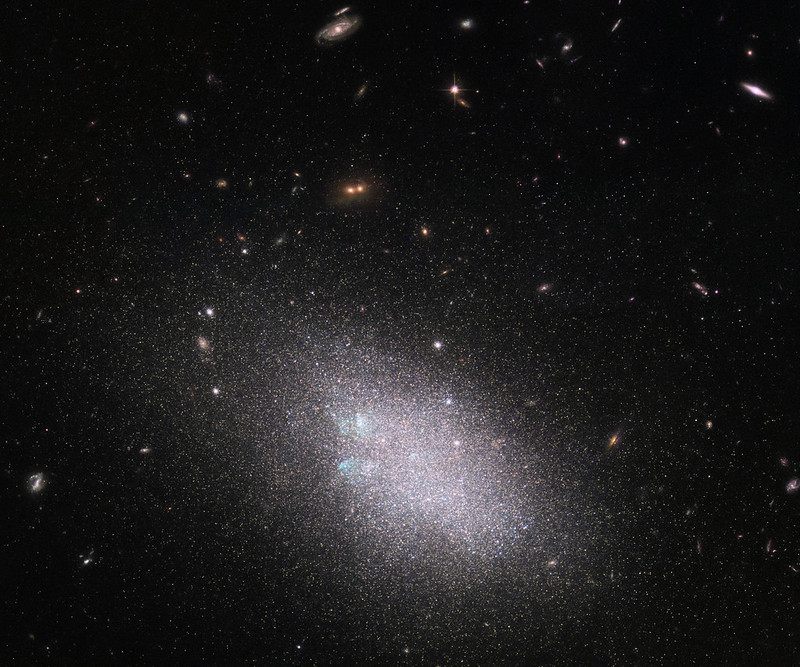
- The Milky Way completes a revolution once every 200 million years and travels at the rate of 250 kilometres per second. It is believed that dinosaurs were ruling the Earth until the last galactic revolution of the Milky Way.
- Galaxies are mostly composed of empty space. If each galaxy were shrunk to the size of an apple, the distance between them would be less than 5000 kilometres.
- Scientists believe that in 4 billion years, the Milky Way and Andromeda galaxy will merge over a period of a hundred million years, leading to the formation of a new elliptical galaxy called the Milkomeda.
- The Milky Way galaxy comprises about 90% dark matter and about 10% luminous matter. Dark matter does not interact with light and cannot be seen. However, it causes an invisible halo around the Milky Way.
- The English term Milky Way was used as early as the 14th century in a poem called the House of Fame by Geoffrey Chaucer.
- A galaxy with a supermassive black hole at its centre is called an active galaxy and has an unusually high luminosity.
- When many stars come together in a tight space at the centre of the galaxy, it leads to the formation of a ‘galactic bulge’.
- Planets are formed when pieces of rocks travelling through outer space come in contact with the sun’s gravitational pull and start revolving around it.
- When a galaxy has massive quantities of dust and gas, it leads to an overproduction of stars and is therefore called a ‘starburst galaxy’.
- The Milky Way is a part of the Local Group, a cluster of 40 neighbouring galaxies. The Local Group is a part of a Local Supercluster, which consists of several other galaxy clusters.
- In India, the Milky Way is called Aakash Ganga, which translates to ‘Ganga of the Heavens’.
- Since pictures of the Milky Way can only be taken from within the galaxy, scientists have no pictures of the Milky Way as a whole. All images are either pictures of other galaxies or artistic representations of the Milky Way.
- Milky Way’s most popular neighbours include Saggitarius, Canis Major Dwarf, Large Magellanic Cloud, Small Magellanic Cloud, and Andromeda.
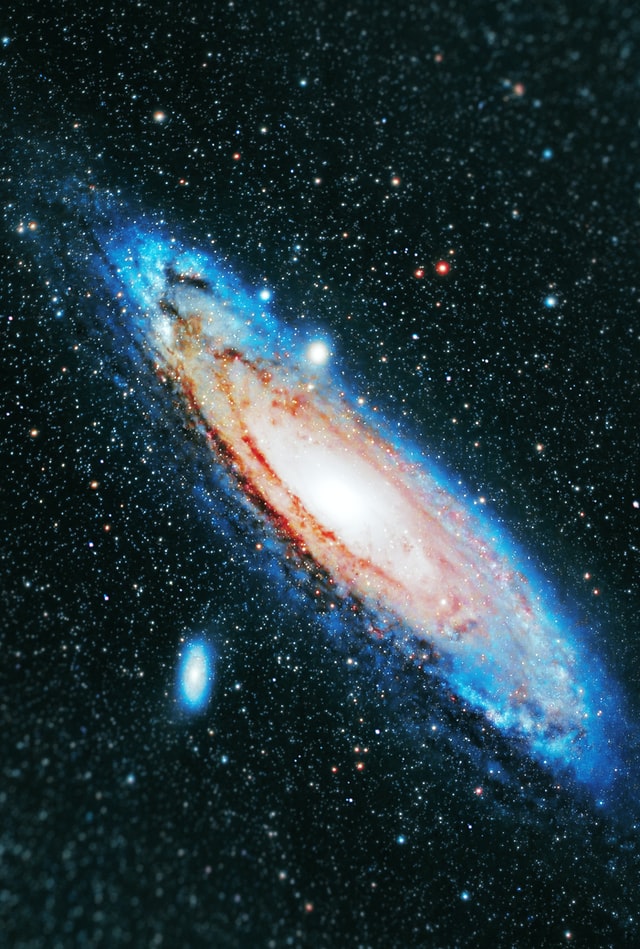
- Even with the most powerful telescope, we can only see about 10% of the Milky Way Galaxy.
- Spiral galaxies have dense hydrogen gas clouds and dust in their spiral arms, responsible for star formation bursts.
Want to explore more?
The Milky Way and galaxies as a whole are truly fascinating. Research in this field is still relatively new, and scientists make discoveries every day. There are dedicated institutions worldwide that study the galaxies and the universe and provide us with useful and valuable information. The study of galaxies and outer space comes under the branch of astronomy. If you’d like to explore more about such interesting facts about our planet and the universe, visit our website Cool Kid Facts today!
